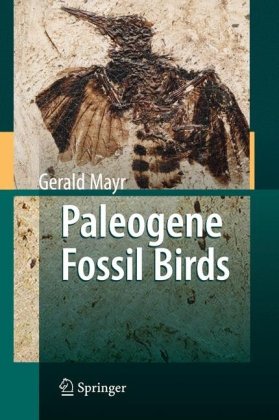

Most ebook files are in PDF format, so you can easily read them using various software such as Foxit Reader or directly on the Google Chrome browser.
Some ebook files are released by publishers in other formats such as .awz, .mobi, .epub, .fb2, etc. You may need to install specific software to read these formats on mobile/PC, such as Calibre.
Please read the tutorial at this link: https://ebookbell.com/faq
We offer FREE conversion to the popular formats you request; however, this may take some time. Therefore, right after payment, please email us, and we will try to provide the service as quickly as possible.
For some exceptional file formats or broken links (if any), please refrain from opening any disputes. Instead, email us first, and we will try to assist within a maximum of 6 hours.
EbookBell Team

4.8
54 reviewsThe present book is the first detailed review of the Paleogene avian fossil record on a worldwide scale. Numerous well-preserved fossil bird remains from this geological period, which covers the time span from the end of the Mesozoic era to the beginning of the Miocene, have been described in the past two decades. Some of these not only provide information on morphological transformations in the evolutionary history of the extant avian taxa, but are also of great significance for an understanding of their historical biogeography. Others represent extinct taxa which sometimes show a bizarre morphology not found in modern birds, such as the giant pseudo-toothed birds which reached wingspans up to six meters.
The reader is introduced to basic morphological features of the various groups which, as far as possible, are placed into a phylogenetic context in the light of current hypotheses on the interrelationships of extant birds. In a concluding chapter the biogeographical significance of Paleogene fossil birds and possible reasons for faunal changes during the Paleogene are detailed. As such, the book not only aims at providing an overview for specialists, but may also help students of other fields of vertebrate paleontology to better understand Paleogene ecosystems.